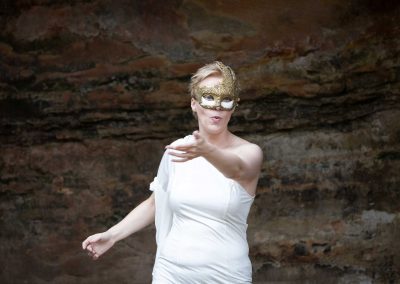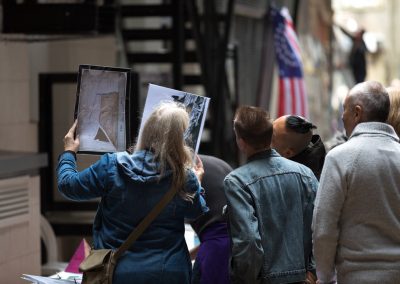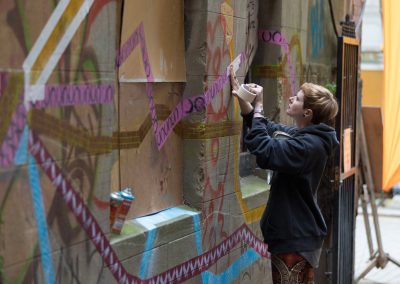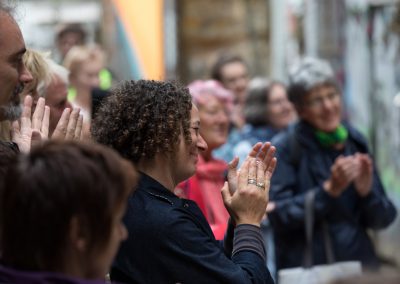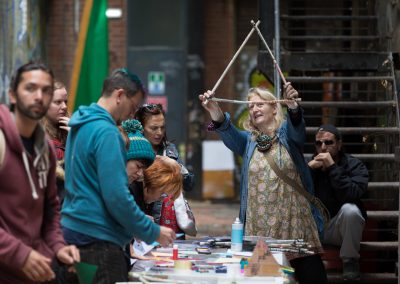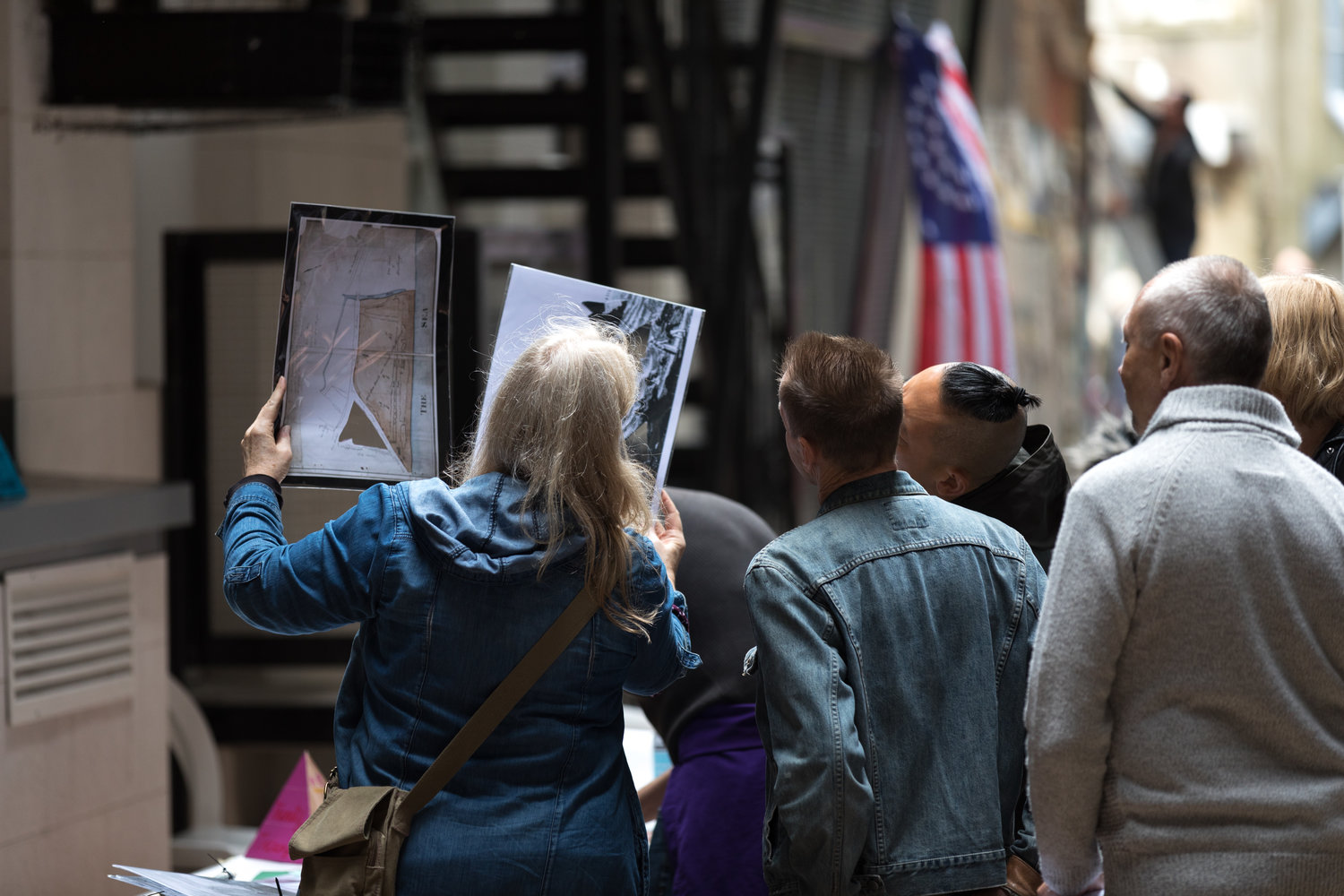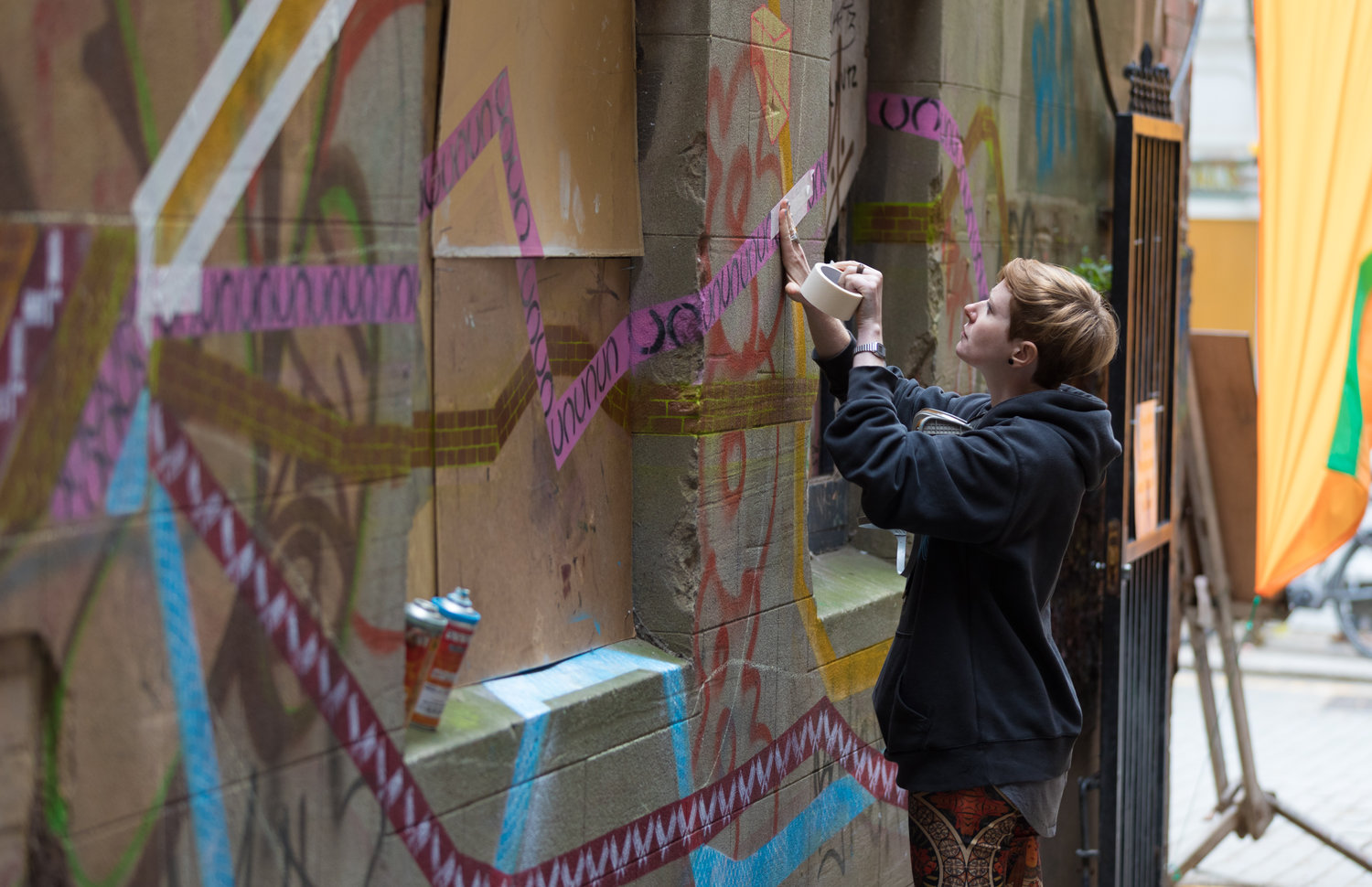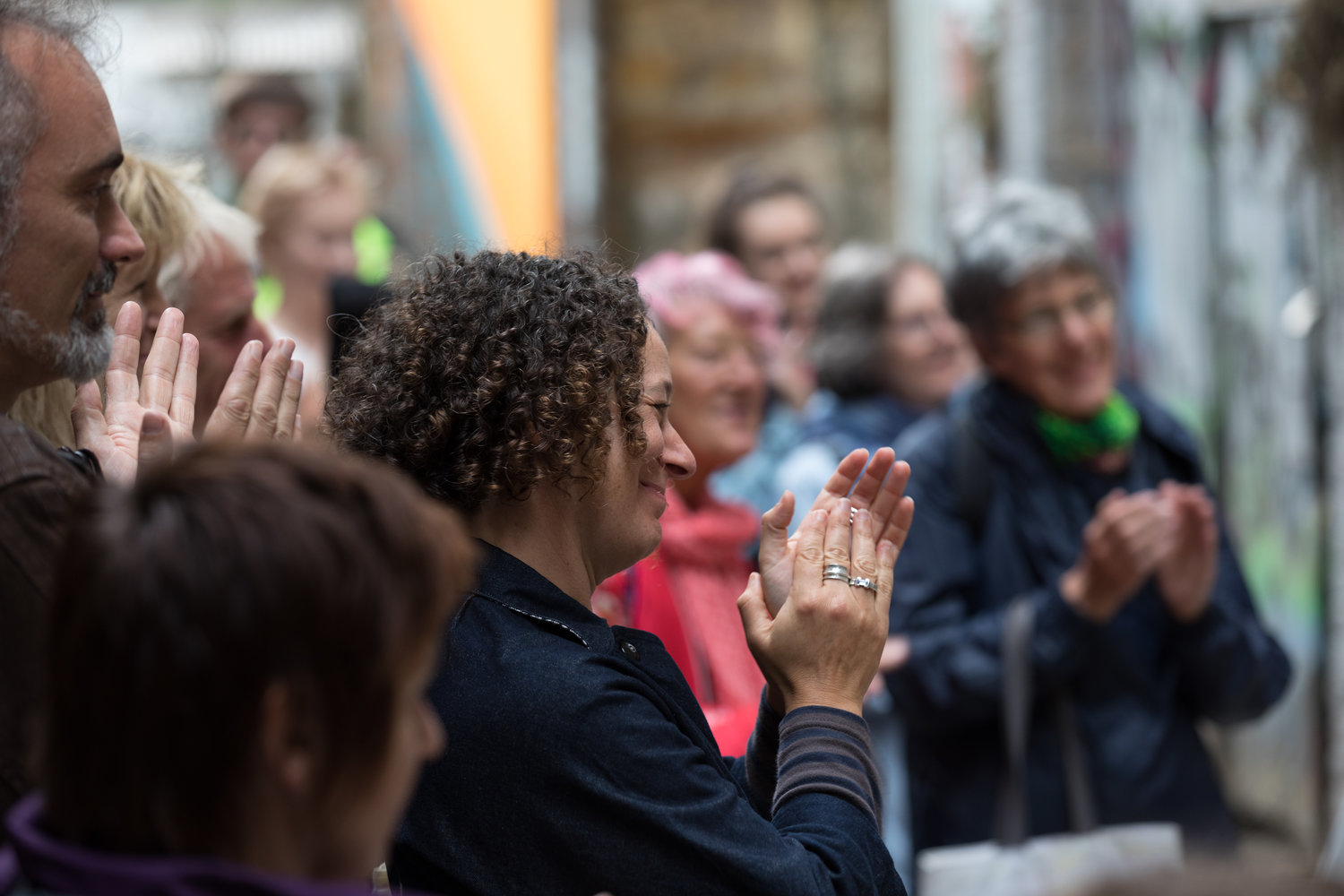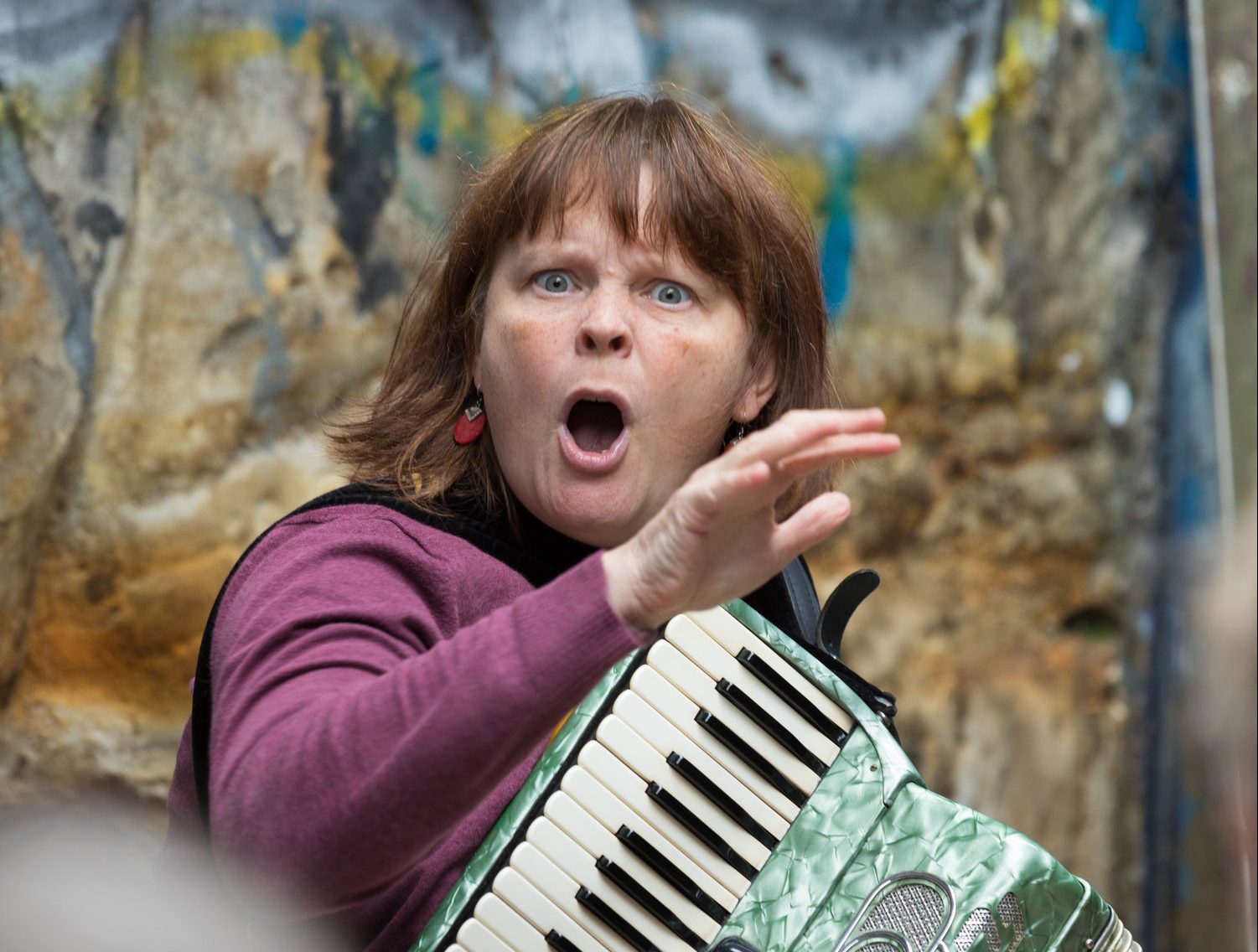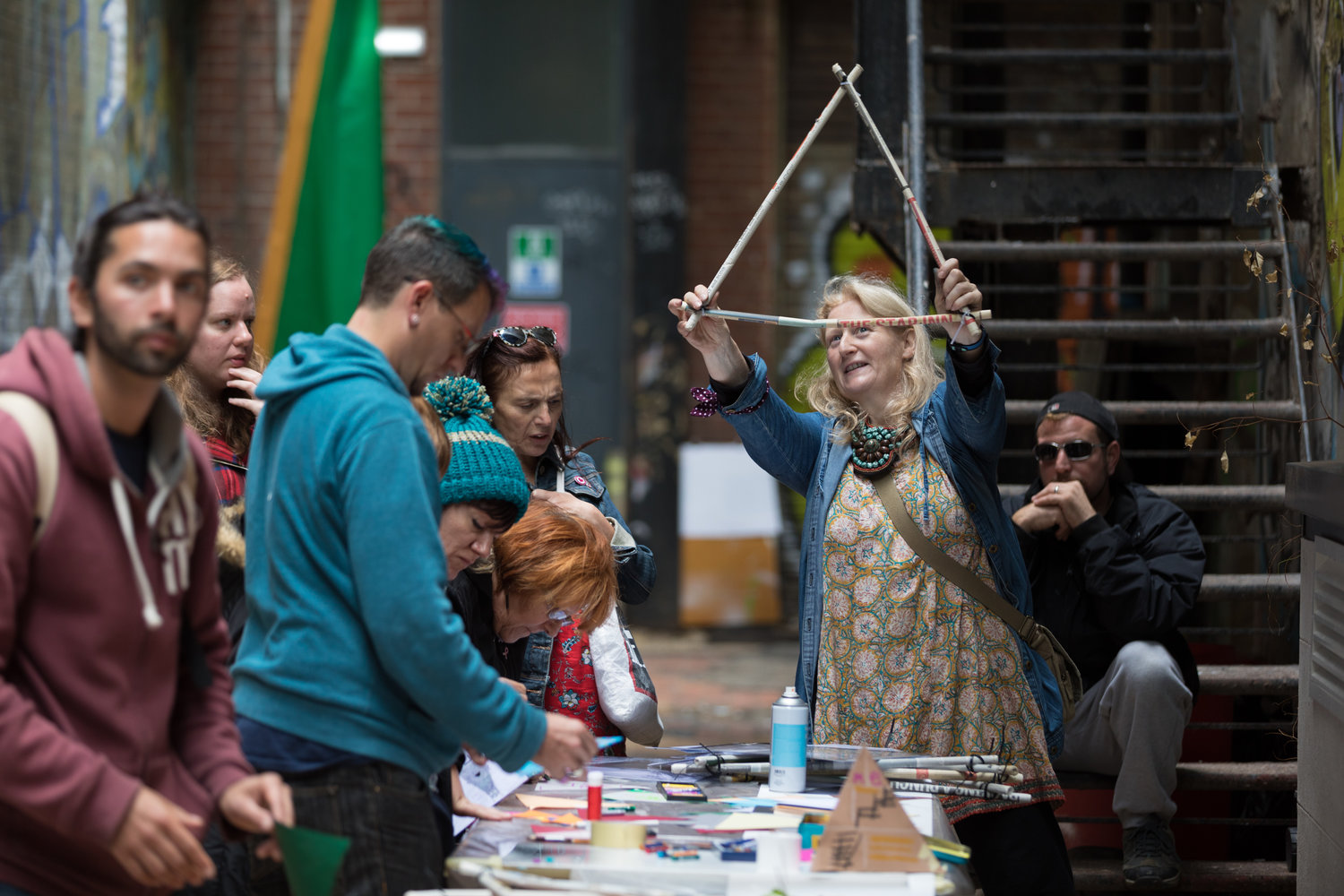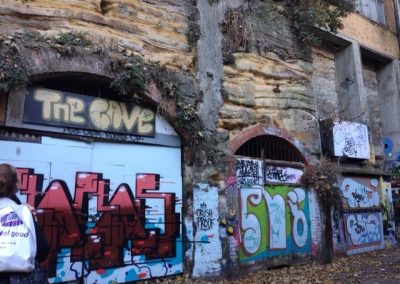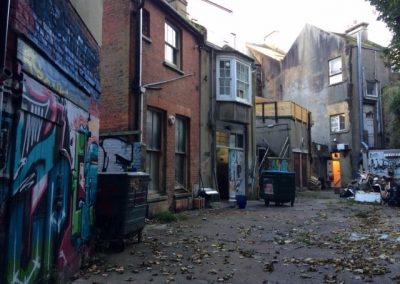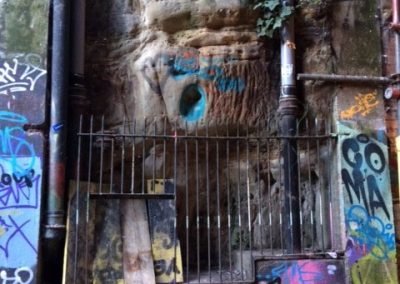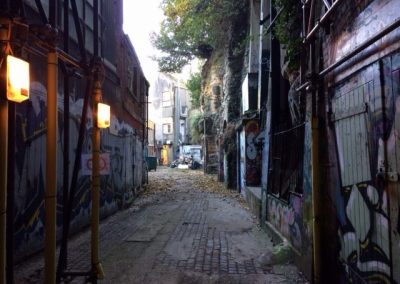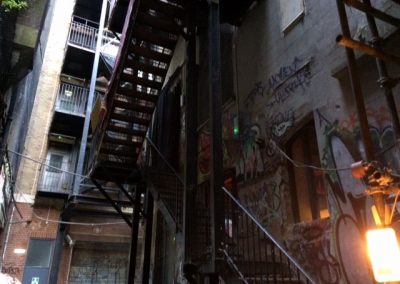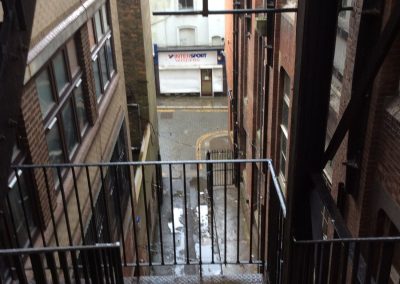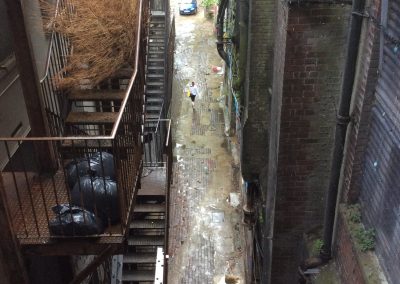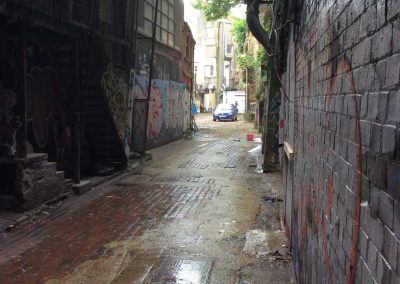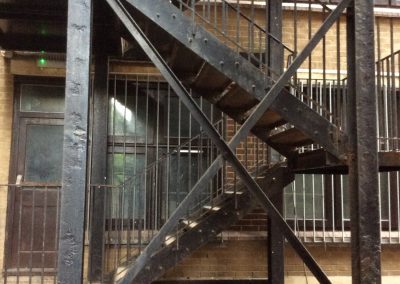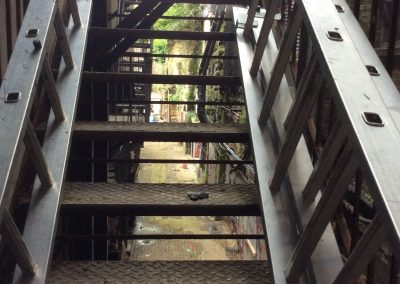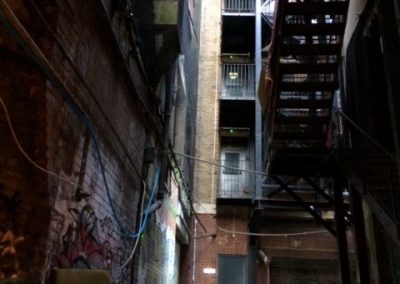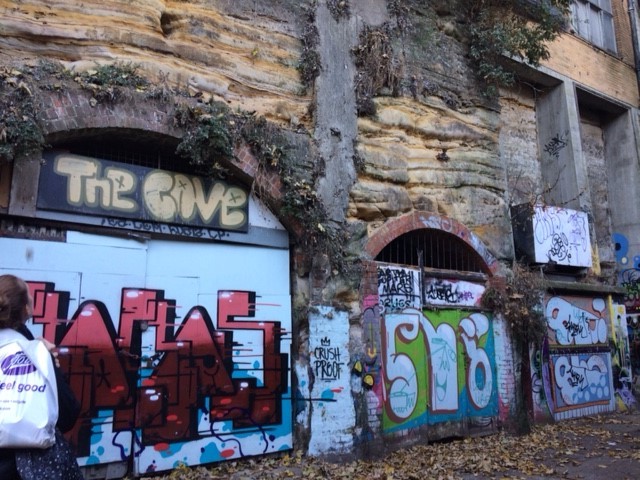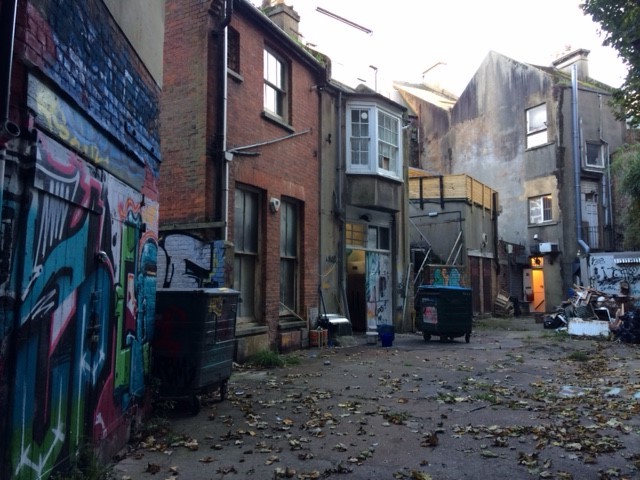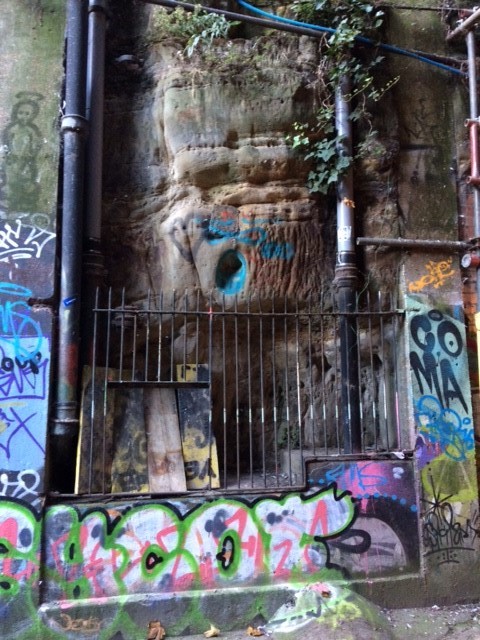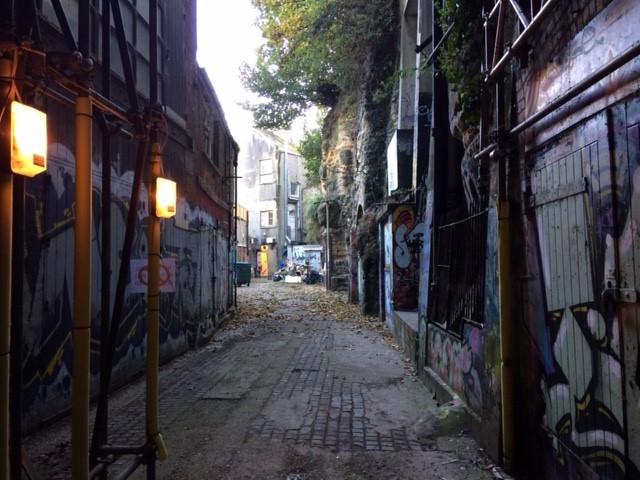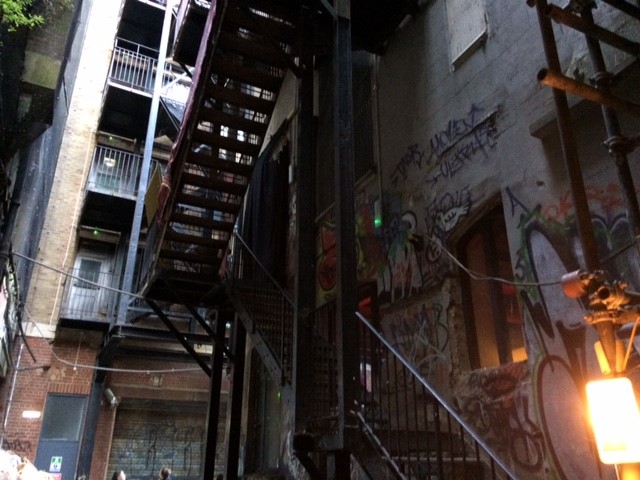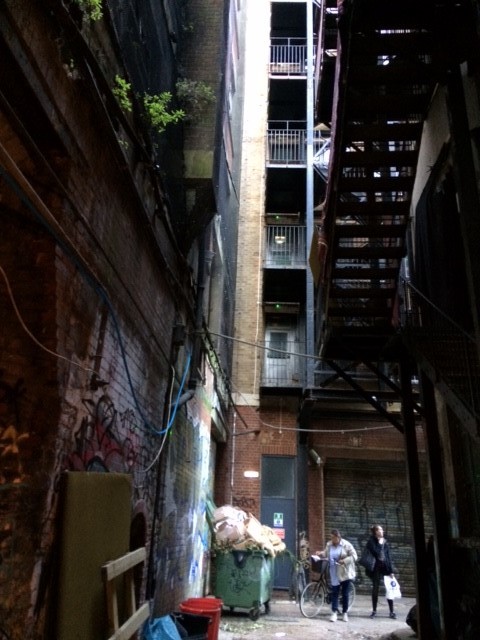Storylines, 2017
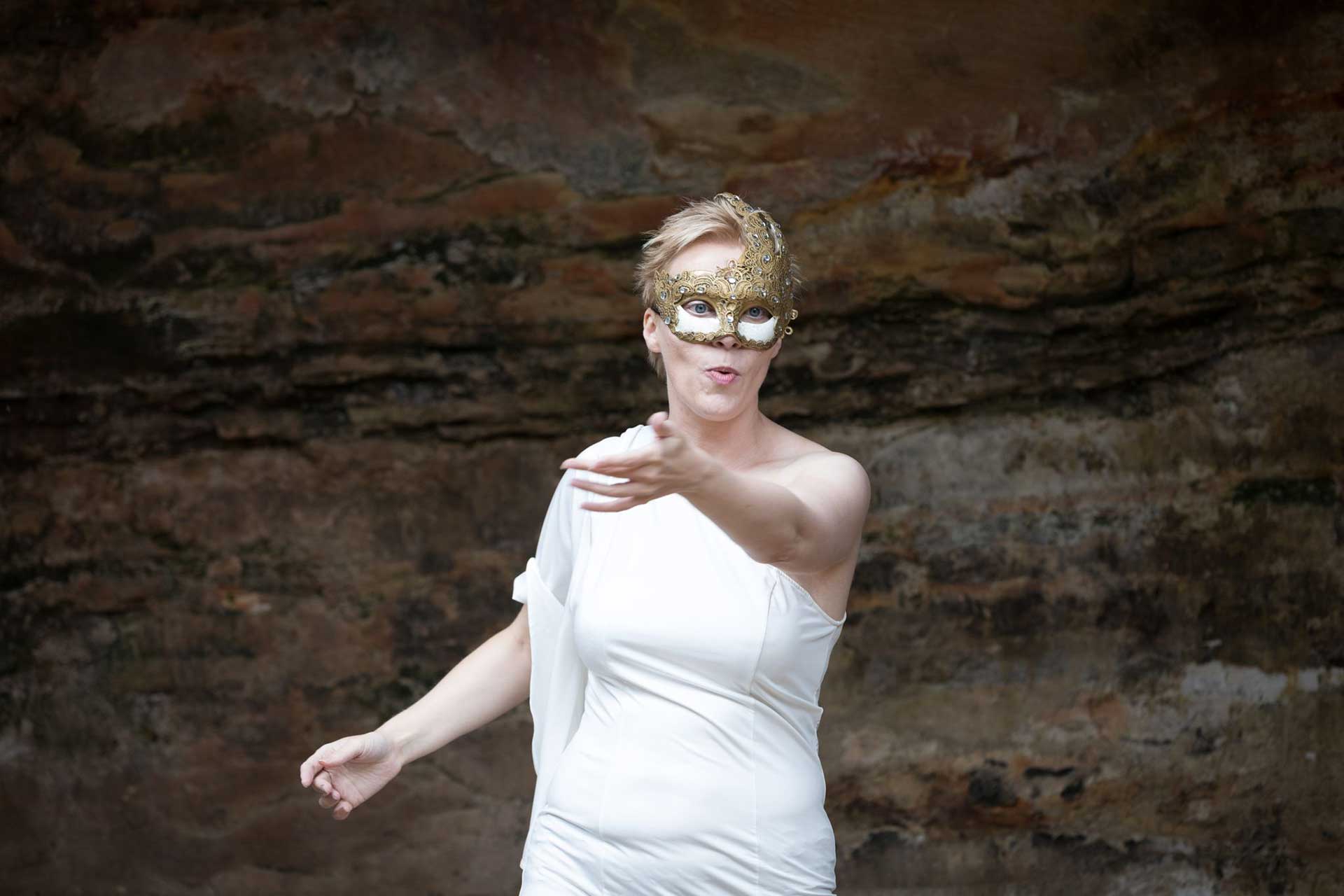
Photos by Alex Brattell
On 10th September Storylines launched Rock Alley in Hastings as a new space for storytellers, artists and community.
Rock Alley is a space where the built environment meets the natural one, where the invisible past and the present are embedded in the landscape, but which is largely unknown and poorly used. On the day we had a programme for artists, historians and storytellers who created and presented a series of events for a promenading audience – a show and tell of the history of the place; for a day, bringing it back to life.
Storylines was funded by Arts Council England, Hastings Borough Council, and East Sussex Arts Partnership.
Storylines was a great success – click on the links below to read some of the audience feedback, and to see more photos and videos.
Instagram @storylines_hastings
Click on here to read about the storytellers and artists who made this event so memorable.
Before Storylines, MSL organised a clean up of Rock Alley. Here’s what some of our visitors thought of the new look:
First time I’ve seen the whole space cleared.
The alley itself is a film set – so diverse.
It’s an amazing space and you have obviously done heaps of work to get it to where it can be used. Here’s to its future.
I’ve walked down Claremont hundreds of times and never realised this amazing space was here. It’s fantastic!
Such an inspirational place. Thank you!
A potted history of the Alley and its surrounds:
Saxon
Haestingaceastre was one of the South coast’s most important towns, with two ports. Easy access to cross-channel trade made it prosperous – it had a mint in the 10th-12th centuries.
The Lost Harbour
Watched over by St Michael (his church was on the top of the White Rock, now Prospect Place), the harbour began to silt up after the 13th century Great Storm and people gradually moved onto the land.
The America Ground
In time the number of people on this land was substantial and, while the Borough of Hastings painted them as lawless and immoral, squatting illegally, they were mainly entrepreneurial merchants making a community. Alongside warehouses for coal there was a sawing house, tallow factory, piggeries, a slaughterhouse and butchers, even a school.
Original dwellings were little more than shacks, made out of upturned boats, but were replaced with proper houses built in brick or stone.
When residents were threatened with eviction, they declared independence and raised the stars and stripes, giving the area one of its names.
Victorian Landscape
In 1849 a real estate developer, Patrick Francis Robertson, leased the crown lands for 99 years for £500 per year. Work started in 1850 on the road that would bear his name, and the streetscape as we know it.
Rock Fair
Three ancient fairs were held every year in Hastings until 1860-70. They combined funfairs, markets and meeting places. The Rock Fair, probably the oldest, was held next to White Rock. Historian Steve Peak describes these as “combined funfairs, trading markets and social meeting places, where people could meet friends, conduct some business and have an enjoyable time eating, drinking, playing games and watching theatre shows”. (The Rock Fair by Steve Peak)
Photos by Margaret Sheehy
Work with us.
We create our projects with real people and places in mind. We like to work with our clients, our partners, our participants to develop original and distinctive work.
Give us a call to get started.

